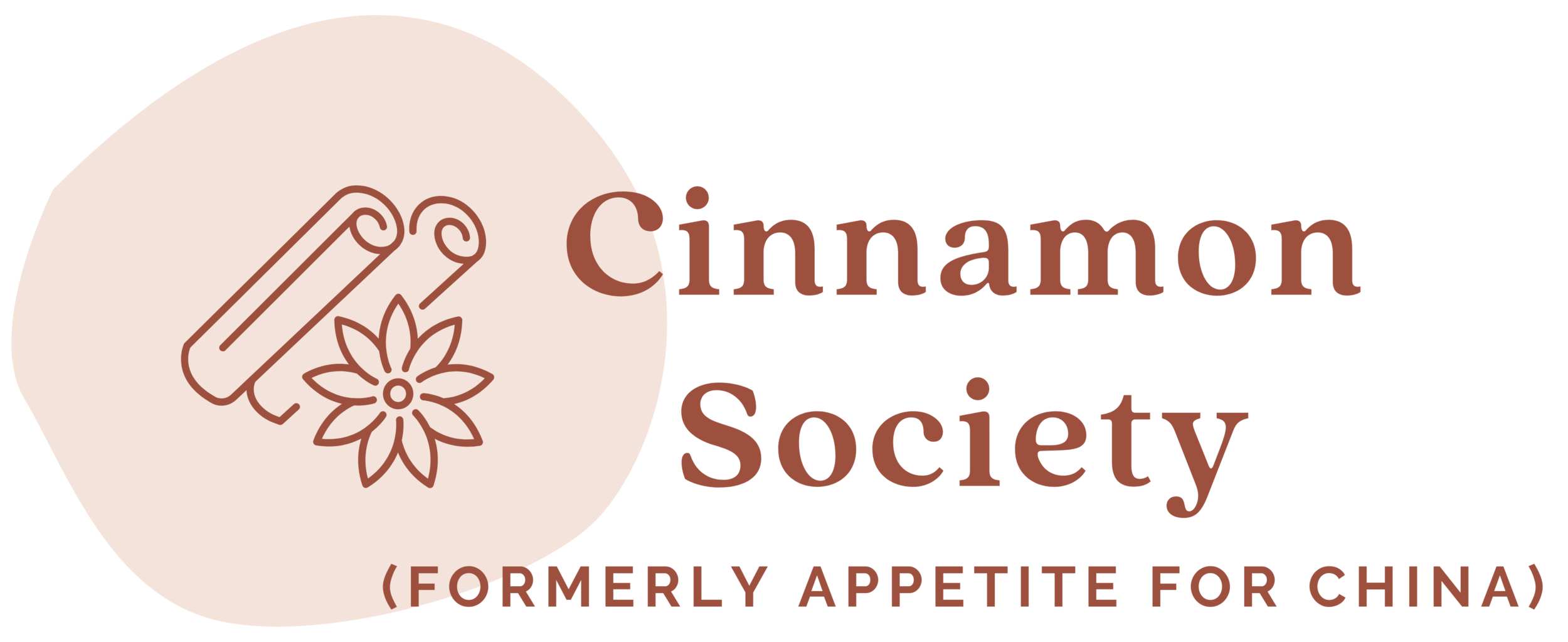I love owning a bamboo steamer, if for no other reason that to display around the kitchen. It's not only a conversation starter whenever new guests visit but also a handy tool for food photography. (Gotta play up the Asian theme sometimes.) Plus, a set of basket and lid usually costs less than $10 in Chinatown.
Of course, there are times when bamboo steamers are useful for actual cooking. Aside from har gow, shumai is possibly the most requested dim sum standard in my family, with the reliable crinkly yellow wonton wrappers snugly encasing the pork-dominant filling. I haven't tackled har gow at home yet, possibly because even 95% of all restaurants I visit fail at the texture of the translucent wrapper. But siu mai I can do.
Read More